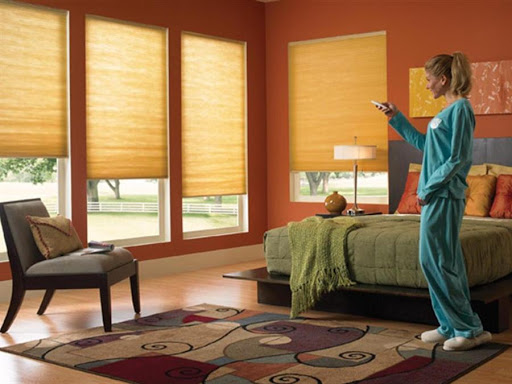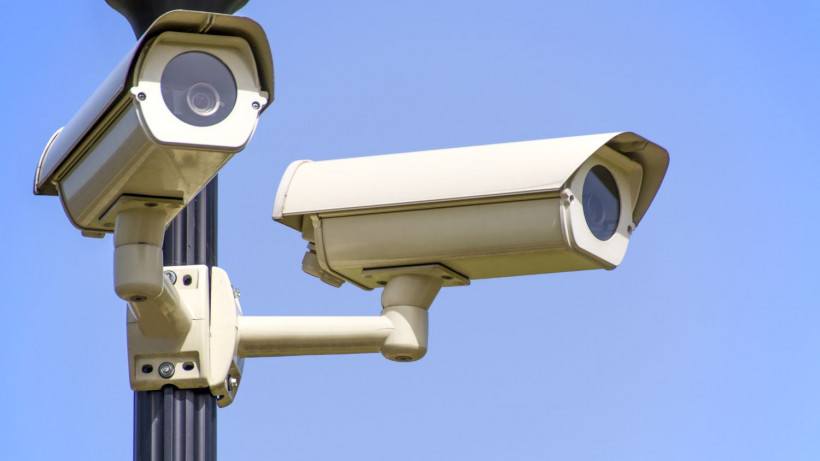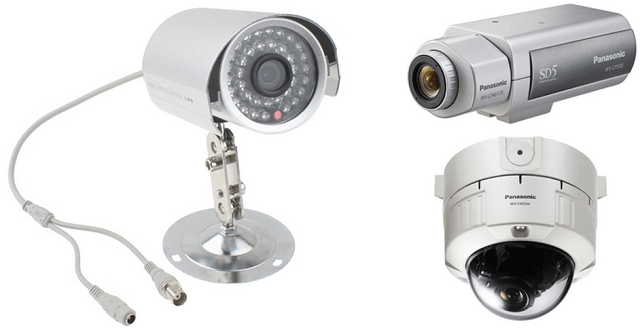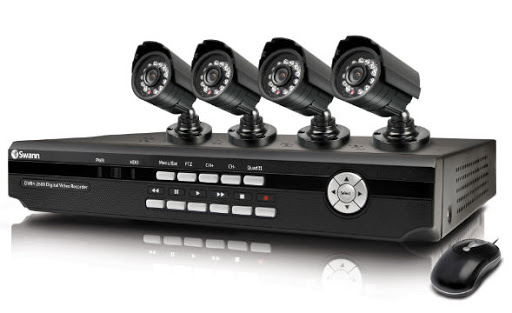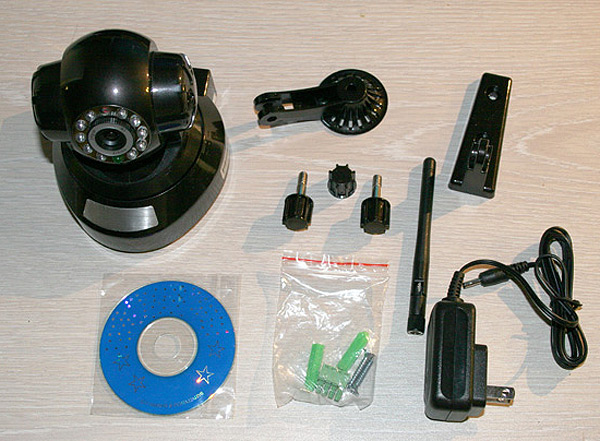In country houses, cottages or multi-room apartments, the “Smart Home” system is increasingly used, the light control in which is carried out by the “Smart Light” intelligent subsystem. It significantly increases the comfort of staying in the home and, by automating a number of functions, saves energy.
Basic functions of the smart lighting system
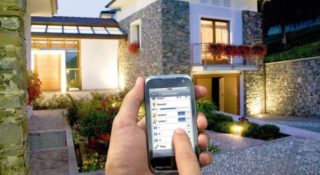
Smart lighting involves the use of a new generation of lighting fixtures and electronic devices that control them. The system is capable of performing the following functions:
- control and management of light in all rooms from one place;
- lighting setting separately in each room;
- automatic switching on and off of groups of lamps installed in different places;
- independent creation of lighting scenarios for various occasions: the arrival of guests, daily use, watching movies, etc.;
- energy savings due to self-setting the power of lighting devices.
The Smart Light system is capable of controlling street lighting, facade lighting, etc. With its help, the owner can organize light performances on his birthday or New Year's, it is advantageous to shade the original sections of the facade or adjacent territory: a garden, individual decorative elements, a swimming pool, etc.
Smart light features
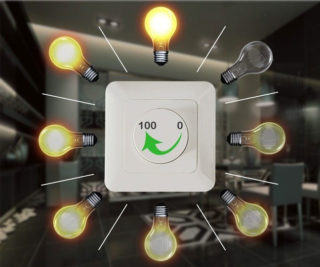
Switching on the light with traditional switches is suitable for rooms with two or three light sources. In modern living quarters, up to 12 groups of lamps can be installed - a smart night lamp, floor lighting, overhead light, smart interior lighting, etc. To control them, you will need many switches installed in different places, which in itself is quite inconvenient. The Smart Light system solves this problem in a different way - each switch can be reprogrammed (flexible binding) so that it can be used to turn on or off any lighting fixtures and / or their groups.
In addition, the system is equipped with:
- lighting and motion sensors that track the movement of people in the premises and, if necessary, activate the light;
- dimmers, with the help of which there is a smooth change in the brightness of the glow of smart lamps and chandeliers for the home (with Smart lamps);
- curtains and blinds that have an automatic opening and closing function.
Together, all this is able to maintain an optimal balance of natural and artificial lighting.
Automatic light control
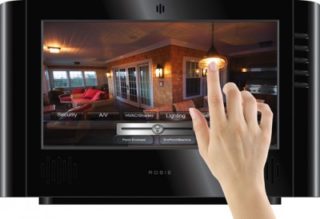
Depending on the purpose, there are two categories of "smart" light control - local and global.
The local system controls the lighting devices in a separate room. The use of such systems is advisable when each of the rooms performs only one inherent function.
Global control includes the integration of appropriate sensors into all light sources, including street lights and landscape lighting. The signals from these sensors are sent to the lighting controllers of the Smart Home. As a result of analytical processing of these signals, the actuators of the entire system are activated.
Automated control of light in a home can be carried out manually or fully automatically.
Manual control
In a small room to control the light, it is most convenient to use the remote control, in which each button corresponds to a specific lighting device. It will be more convenient to control the smart lighting system using a wireless touch panel installed in a place convenient for the owner of the house.
Automated control mode
Full automation of light control is achieved through the use of special sensors and electronic devices capable of processing received signals and sending control commands to actuators.
More recently, push-button or touch panels were used to program the entire system. Thanks to modern technologies, programming from a tablet or smartphone has become widespread today. This method is more convenient, as it opens access to control from anywhere in the world.
System capabilities and control scenarios
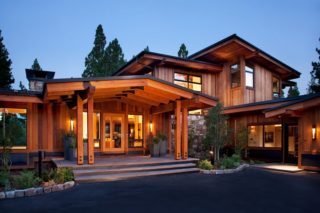
Using the Smart Light system in an apartment or a country house opens up a number of possibilities:
- Light brightness control allows you to adjust the luminous flux by decreasing or increasing the power, programmed in advance or using the remote control.
- Turning on, changing the power and turning off the light is carried out by a timer programmed in advance, which will allow you to turn on and off the lighting, adjust the power of the luminous flux according to the set time schedule.
- The light sensor will help to turn on / off additional lamps in the event of a decrease / increase in the intensity of natural light. This will save the owner from having to perform these procedures several times a day.
A feature of intelligent control is the mode of imitation of the usual life in the house, when there is no one there. To do this, it is enough to use a preset scenario for turning on and off the lighting in different rooms and / or in the yard.
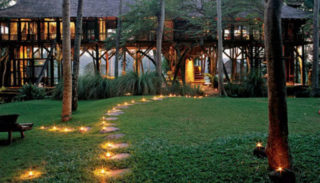
There can be a lot of light scenarios that turn on and off the light in one order or another: for cleaning the room, reading, receiving guests, watching movies, etc. For example, for comfortable viewing of TV programs, smart light will turn off all the lights except the attendant and shade the windows.
To organize preset scenarios, it is desirable to use smart lighting (LED or DMX lamps). Semiconductor lighting devices, in contrast to traditional incandescent lamps, allow you to get a comfortable interior glow with different color variations. The use of Smart lamps will allow you to create general lighting scenarios and organize local lighting places for glass shelves, furniture and kitchen sets.
Among the types of street lighting, not the last place is taken by decorative illumination of the house and the adjacent territory. Competently programmed landscape and facade lighting will allow the owners and guests to enjoy the harmonious view of the house and the backyard while walking in the evening. Such lighting serves as an integral part of lighting dedicated to a holiday or a solemn date.
Emergency lighting ensures the safety of people in the house in the event of a fire or wiring failure. It is programmed in such a way that in case of failure of the main light sources, the degree of illumination of the escape routes is not less than 0.5 lux.

